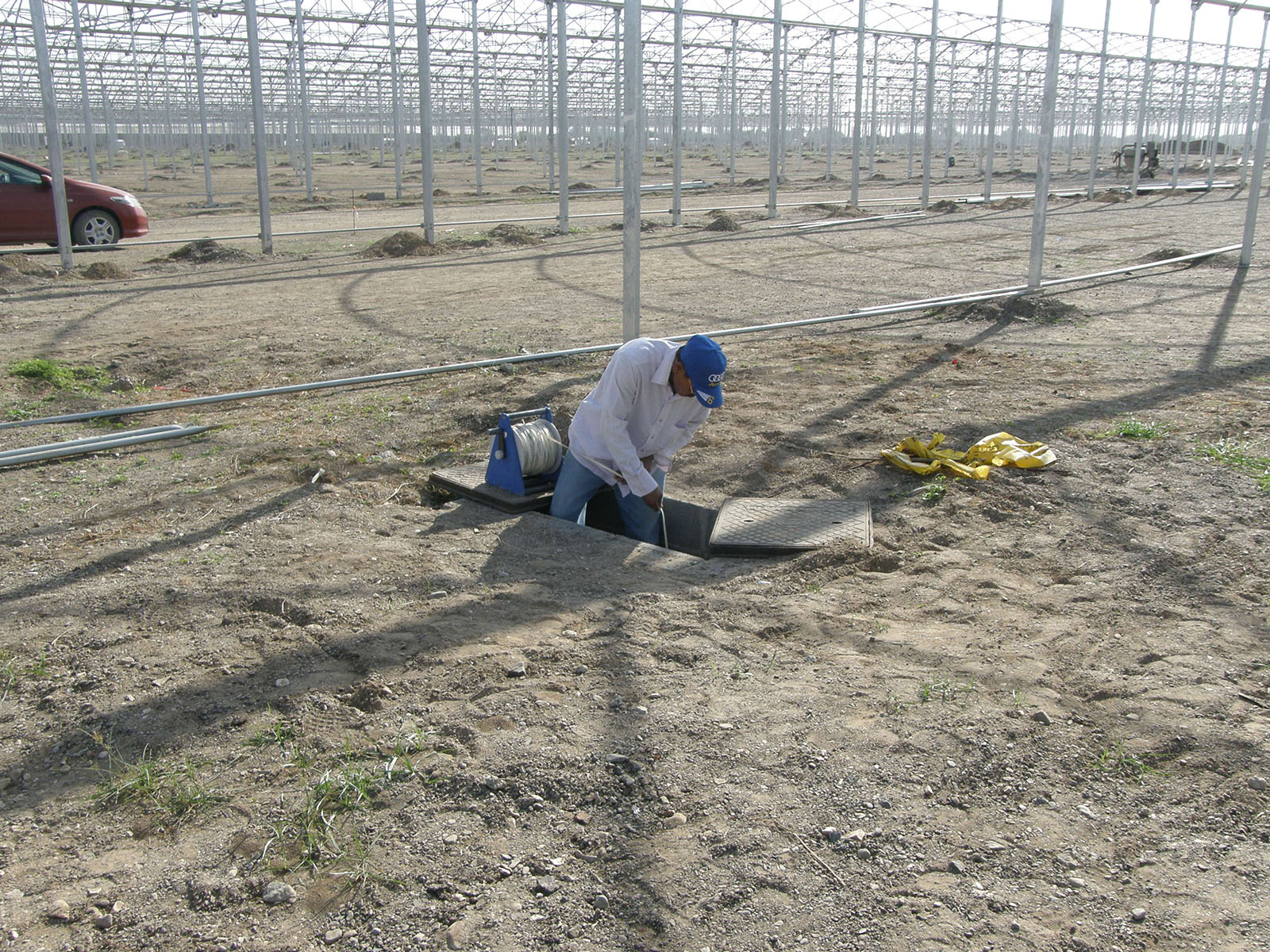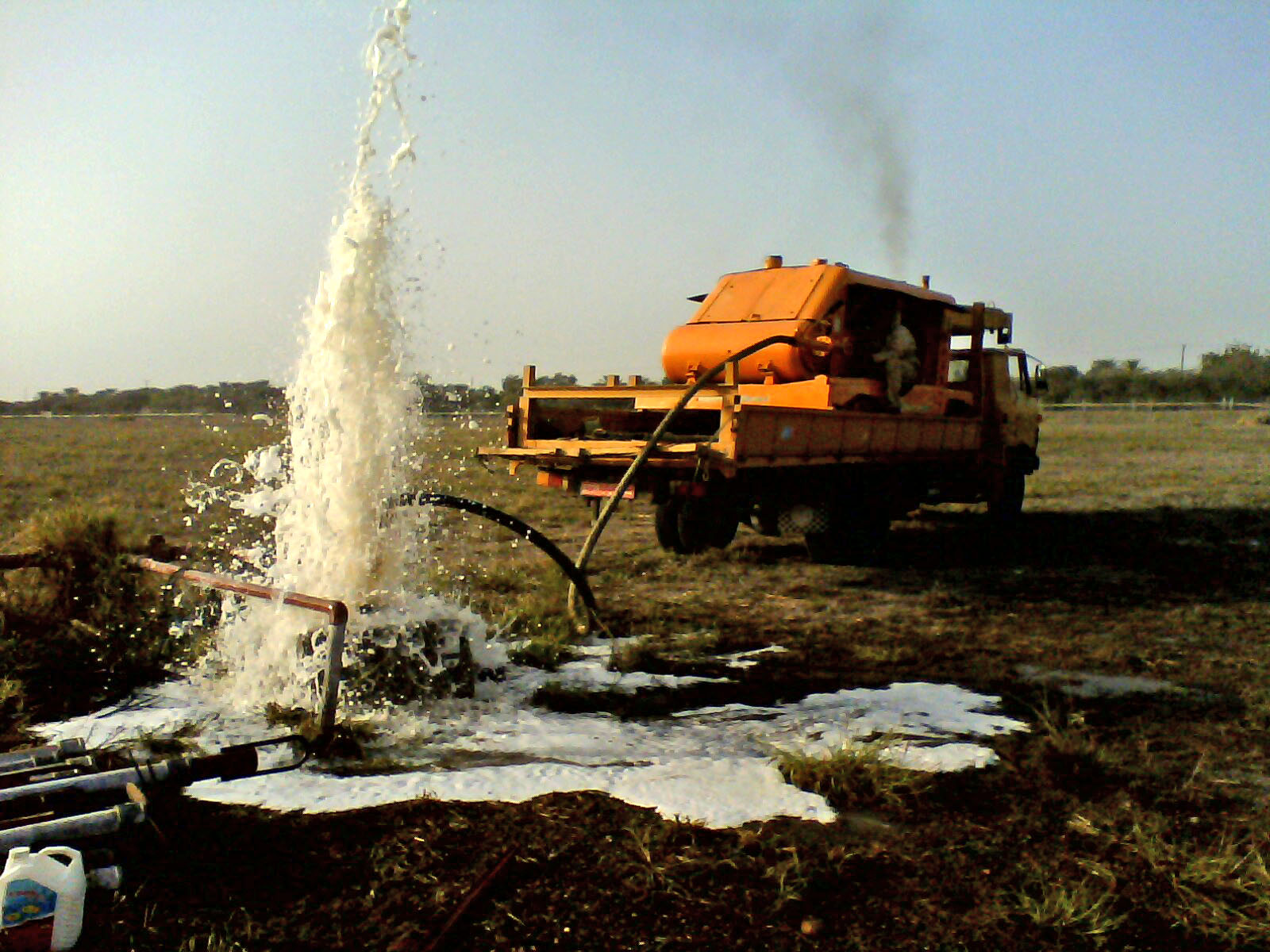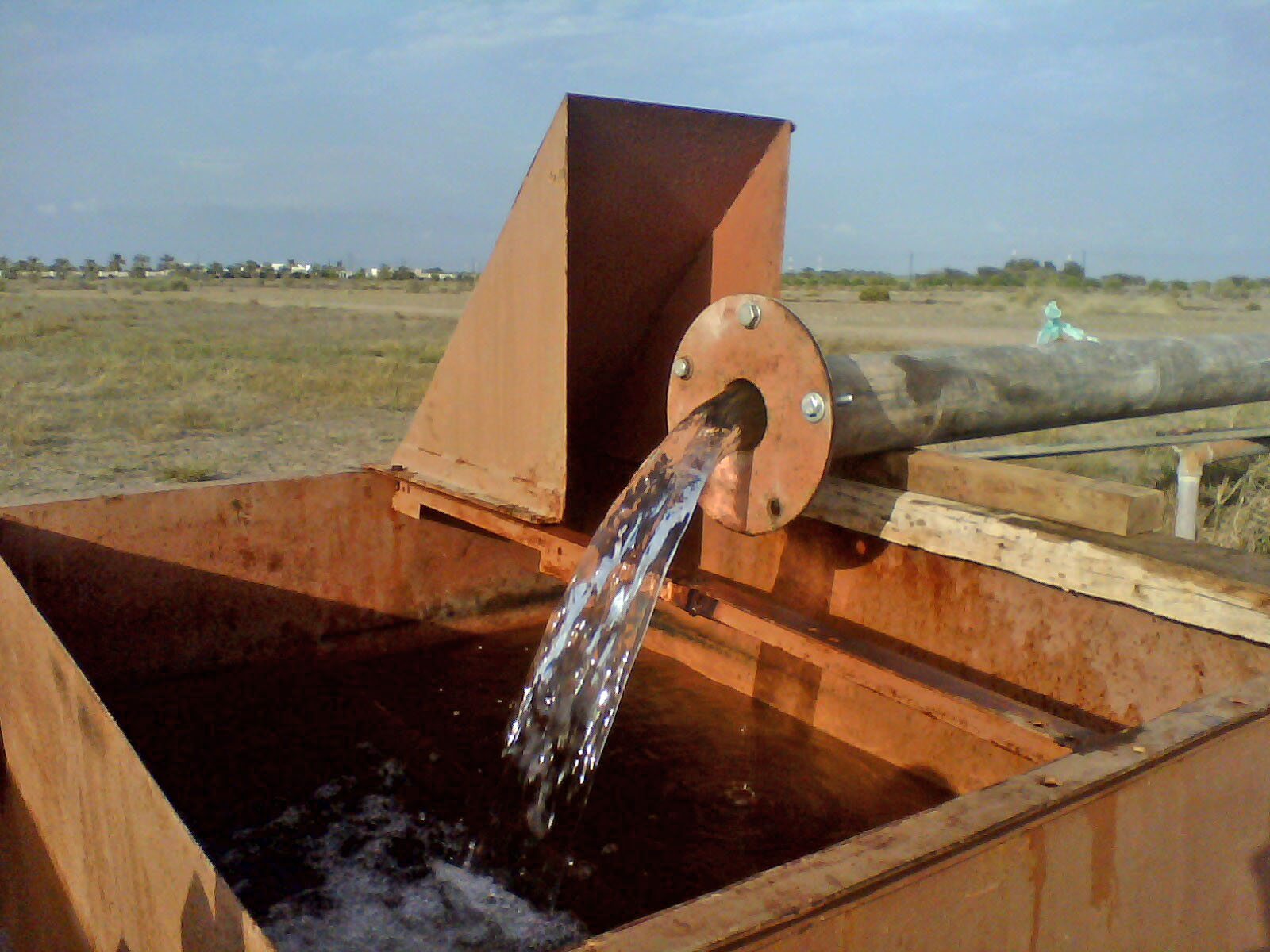
Oman is located in a desert area. Most of the water consumption in the country comes from underground sources and desalination plants. The annual rainfall varies from less than 20 mm in the interior deserts to 300 mm in the mountains. This rain allows occasional recharge of aquifers, which is not yet used for agriculture or other uses.
The Omani government intends to use the few available water resources for sustainable agricultural development, guaranteeing food security in the face of a growing population. The groundwater would be used for these new agricultural productions, but guaranteeing an adequate exploitation.
Spanish agriculture also faces water shortages and the technology and solutions found in Spain can be very useful in Oman, reinforced by the historical collaboration between the Arab world and Spain.
In this context, the Water & Life Agriculture LLC (W & L) consortium formed by Al-Hosn Investment Co. SAOC (Government of Oman), MSC Fábricas agricolas and ZETA AMALTEA has been created. Our consultancy is responsible for the strategic direction of the consortium, and the sustainable management of groundwater, in conditions of extreme scarcity and aridity.
The objective of W & L is to contribute to the food self-sufficiency of the country, achieving the highest ratios in the production of food per cubic meter of water used, through sustainable exploitation of the aquifer, the intensive use of information technologies and the most advanced techniques of greenhouses in hydroponic crops.



ZETA AMALTEA has developed a water information and management system WISO (Water Information System of Oman) together with its technological ally GeosSLab, a Spanish company specializing in the treatment, management and processing of spatial information, and water information systems, under the criteria and standards of the European directive INSPIRE.
ZETA AMALTEA previously carried out regional hydrogeological and water footprint studies in the country, in order to evaluate the water potential, and help make decisions regarding investments related to the productive uses of water.
Longer term objectives include the modernization of the agricultural sector of the environment to improve its productivity, efficiency in the use of water and better management of the shared aquifer, the generalization in the use of ICT in the hydroagricultural and agro-industrial sectors, and Risk management, mainly those derived from the effects of climate change.

